With the development of foot health management, customized insoles and sports rehabilitation industries, the way to obtain foot data has become a key link. Currently, the two most common mainstream devices are plantar pressure plates and foot 3D scanners.
There are essential differences between the two in terms of principle, dimension of data acquisition, scope of application and purpose of application. Understanding their differences will help to scientifically select evaluation tools and improve the accuracy and professionalism of foot products or rehabilitation interventions.
1. Comparison of working principles
The plantar pressure plate is a device based on a pressure sensor array. Its core principle is to use pressure-sensitive elements densely arranged on the plate surface to sense the pressure distribution of the sole of the foot on the ground in real time when standing or walking. After the sensor captures the pressure change, it converts the data into a two-dimensional or dynamic pressure map to reflect the spatiotemporal characteristics of the force on the foot.
The 3D Foot Scanner is based on the principle of optical scanning and usually uses laser projection or structured light imaging technology. The device projects a specific light beam onto the surface of the foot, combines multi-angle image acquisition, and uses triangulation to calculate the point cloud coordinates of the surface of the foot, thereby reconstructing a complete three-dimensional foot model. The process does not require contact, and the scanning speed is fast and the accuracy is high.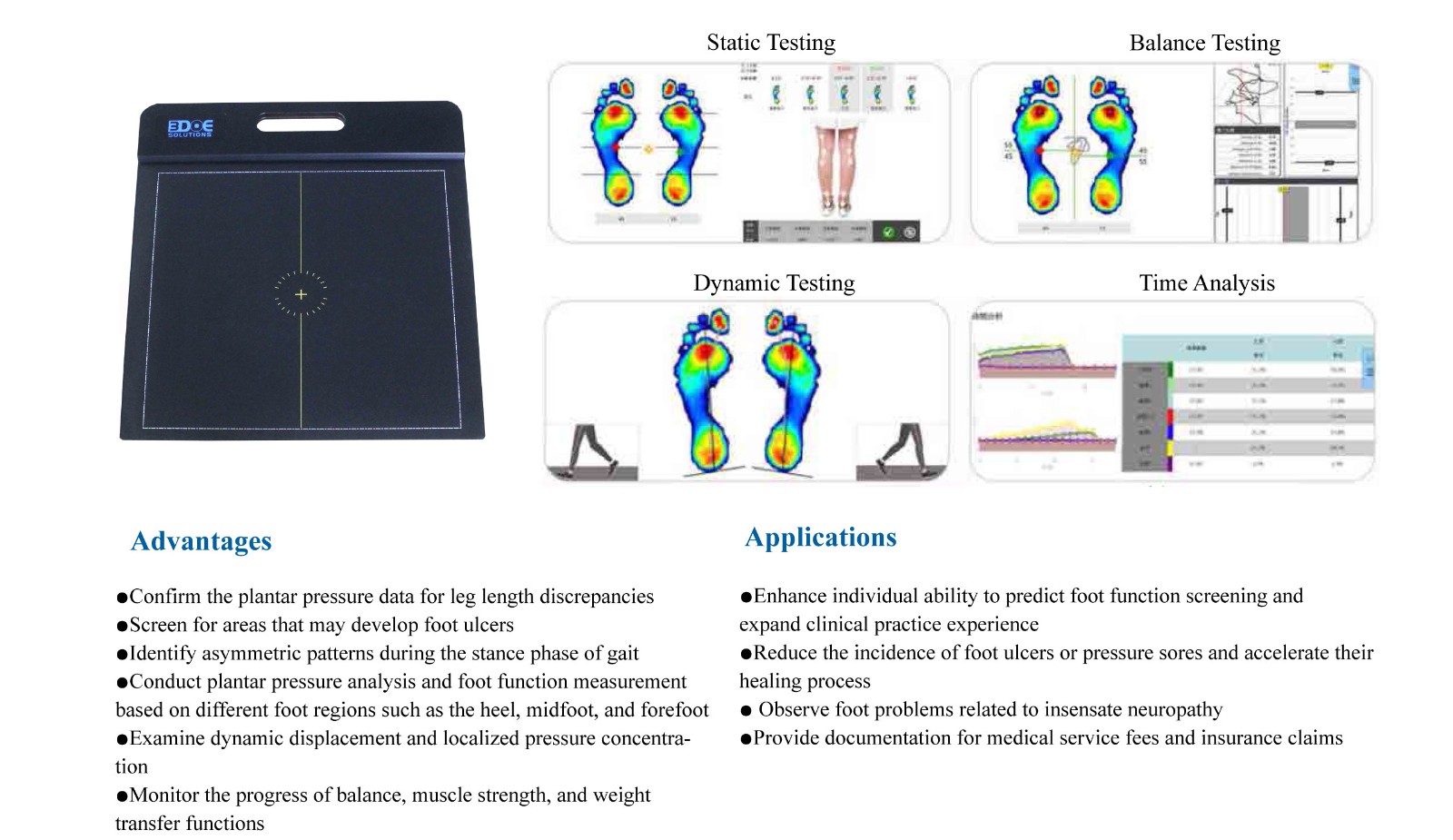
2. Differences in data dimensions and evaluation capabilities
The plantar pressure plate obtains the pressure information between the sole of the foot and the contact surface. It can output parameters such as static pressure distribution diagram, dynamic gait analysis, and center of gravity change trajectory. This is particularly important for identifying gait abnormalities, plantar high pressure risk points, and kinematic problems. Its data focuses on "functional analysis".
The foot 3D scanner mainly obtains foot structure data, including three-dimensional geometric information such as foot length, foot width, foot height, arch height, and toe arrangement. It can be used to accurately depict individual foot types, classify foot types, and perform differential analysis. Its data focuses on "structural analysis".
3. Differences in application scenarios
Plane pressure plates are widely used in the following scenarios:
Gait analysis and formulation of correction suggestions
Analysis of causes of foot pain or fatigue
Lower limb weight monitoring during rehabilitation training
Performance evaluation of functional insoles or corrective shoes
Foot 3D scanners are suitable for:
Personalized insoles and footwear customization
Tracking and recording of children's foot shape development
Identification of foot deformities (such as hallux valgus and high arches)
Shoe last design and digital manufacturing data input
4. Complementarity and joint application trends
Although the technical principles of the two are different, plantar pressure plates and 3D scanners are often used as complementary devices in clinical rehabilitation, health management and customized products. The combination of structural data and functional data can not only achieve more accurate foot status judgment, but also improve the pertinence of customized insoles or intervention plans.
For example, in the process of customizing arch support insoles, 3D scanning provides the basis for the foot structure size, and the pressure plate verifies the force improvement effect before and after the design. The coordinated use of the two has become an important part of the high-end foot evaluation system.

 +86-0755-86131192
+86-0755-86131192 2025-05-30
2025-05-30 Back to list
Back to list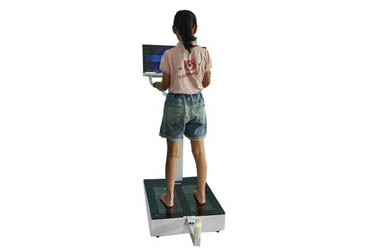
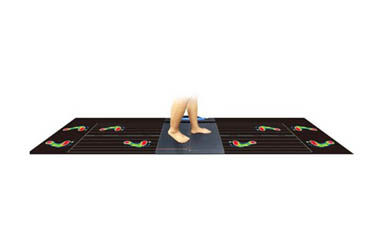
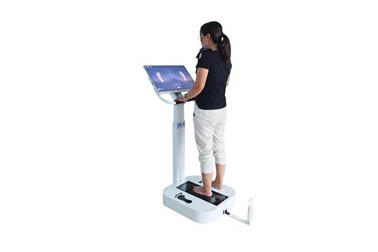

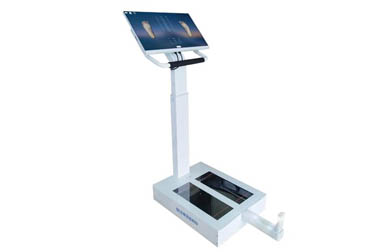
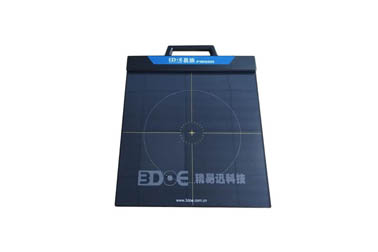



 +86-0755-86131192
+86-0755-86131192